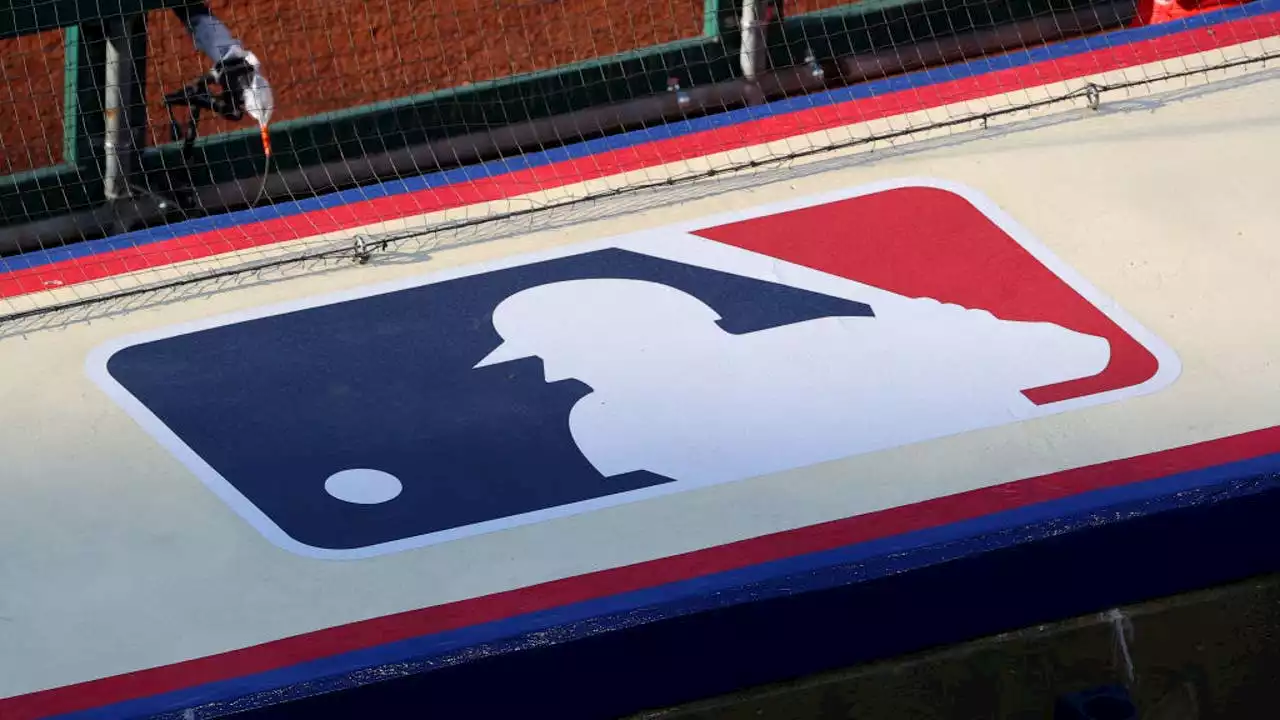MLB told the union that Tuesday was the last possible day to reach an agreement that would allow a 162-game schedule, along with full salary and service time.
Openers on March 31 were among 91 games already canceled, and Commissioner Rob Manfred appeared to be on the verge of calling off more.
The sides appear to be about $15 million apart on the minimum salary for this year, $20 million for 2023 and $25 million for 2024, each less than 1% of payrolls. This assumes about half of players in the major leagues at any given time are impacted by the minimum. And then there is the most divisive issue, luxury tax thresholds. The sides are $18 million apart this year, a difference rising to $33 million by 2026.
Including non-monetary penalties for the pandemic-shortened 2020 season when the tax was suspended, there were 15 instances each of exceeding the first threshold during both the 2012-16 and 2017-21 agreements, up from nine in 2007-11 and eight in 2003-06. MLB is concerned a higher 2022 figure would lead to bigger threshold numbers in later years, causing greater payroll disparity and making it more costly for mid- and small-market clubs to retain their stars.
MLB thinks it has increased money going to players by expanding the designated hitter to the National League, dropping direct free agent compensation, increasing slot values for amateur draft picks, boosting the postseason pool and improving the pension plan.
